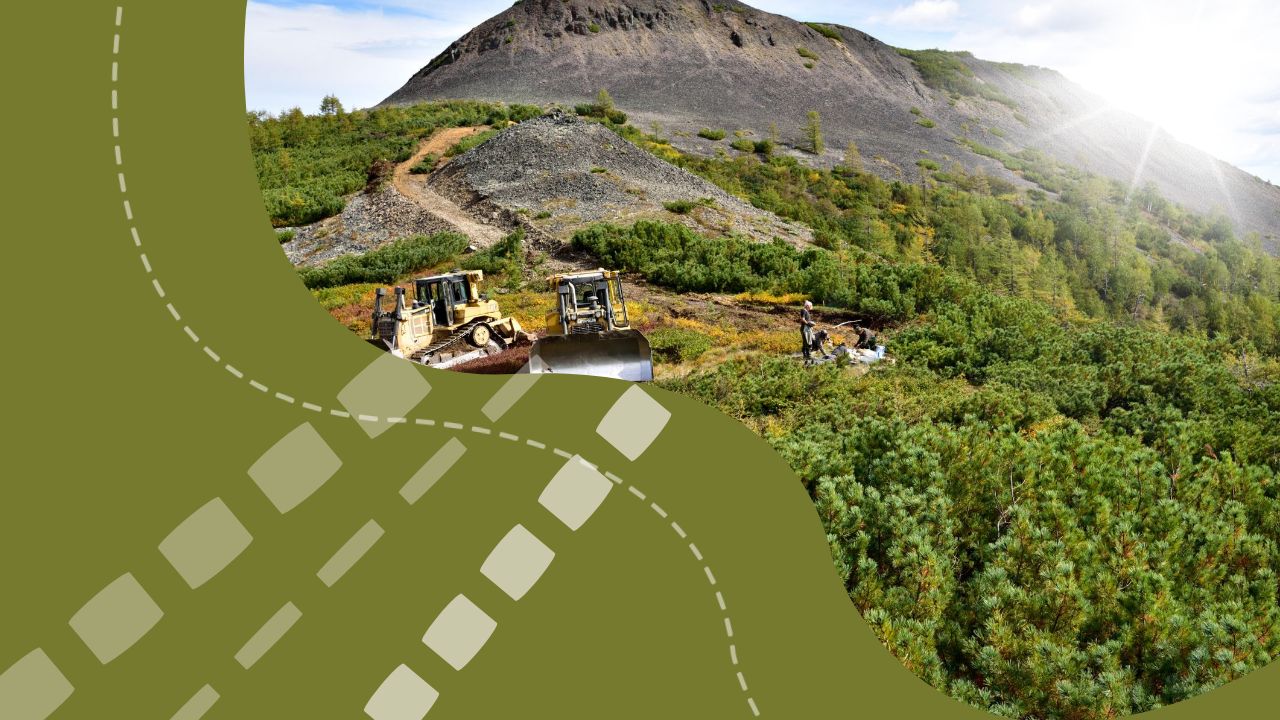Tin was used in the Bronze Age for 150 years Bronze is an alloy of copper and tin, and in the Bronze Age, it was used to make a range of goods including swords, helmets, bracelets, plates and pitchers A recent study by a team of archaeometallurgists refutes previous findings published in 2022, which state that most of the tin came from the Mushiston tin deposit in northwestern Tajikistan, as well as from two mines in the Taurus Mountains near the present-day Turkish-Syrian border
For this previous analysis, researchers took samples of 105 tin ingots from the wreck, determining chemical and isotopic signatures of 90% of the tin cargo
Please login to your account to read an unabridged text.
If you don't have an account, you can create it free by registering here.
Source and Credit: mining.com

